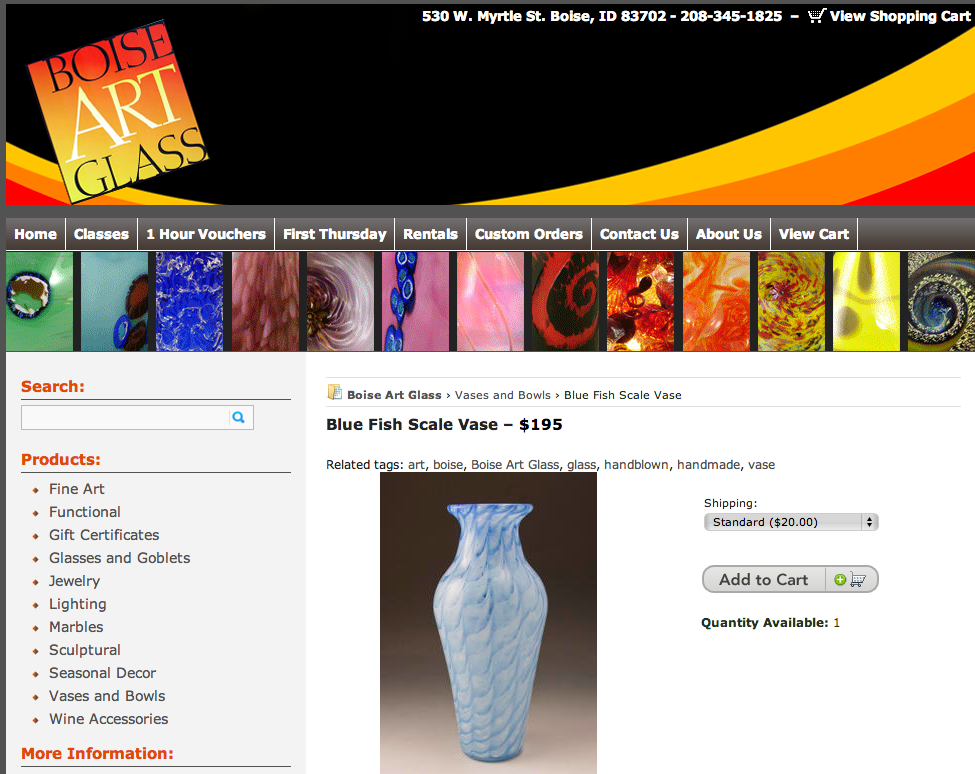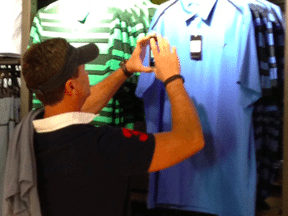Mobile, social, and the cacophony of modern interruption marketing has transform the retail path to purchase, and forced retail marketers to focus on building lasting relationships that benefit customers.
It is, perhaps, cliche to say that ecommerce, mobile devices, and social media networks have “changed everything” in retail marketing, given the seemingly endless list of available books, whitepapers, articles, and blog posts lamenting the so-called traditional — think Mad Men — marketing and advertising, simply doesn’t work anymore.
Ignoring the on-going impact that these technologies and trends are having on promotions and advertising, however, is worse than beating the proverbial dead horse, especially for small business owners and ecommerce entrepreneurs for whom any and every sale are important.
The Path to Purchase
Among the less frequently discussed casualties of modern marketing is the path to purchase.
The path to purchase, as Chuck Martin wrote last year in the Harvard Business Review blog, is “one of the most time-honored marketing concepts.”
The “notion that a customer takes a predictable journey toward a sales transaction … has long provided the framework for marketers … to communicate with customers and exert influence. While the steps have been debated and refined over time, and the path is often now depicted as a ‘sales funnel’ (with a large initial audience having awareness, funneling down to successively smaller groups having familiarity, consideration, purchase, and loyalty), the basic idea has remained that a customer’s commitment to a purchase intensifies at each step, and so should the marketer’s investment in bringing the transaction to a successful close.”
“Now, because of smartphones and tablets, marketers need to fundamentally rethink things. Shopping is becoming an iterative rather than a serial process. Consumers no longer go shopping, they always are shopping.”
Among the less frequently discussed casualties of modern marketing is the path to purchase.
The path to purchase is not a sidewalk leading from the shopper’s front door to a store; it is a cycle repeated over and over, and it requires marketers to take a different tact.
Defining this Year’s Online Purchase Cycle
If the linear path to purchase is no longer valid for online retailers, it may be helpful to try to define or describe the shopping behavior or behaviors that have supplanted it.
The trouble is that the new online purchase cycle — as it is playing out so far in 2014 — is not a line with a discernible beginning and end. Rather it is a circle or a sphere. Try finding the beginning of a circle, or limiting someone to moving in only one direction on the surface of a sphere. It doesn’t really make sense. But when you are talking about the behaviors in the online purchase cycle, it will be necessary to describe them one-by-one in sequential fashion, giving the illusion of order that isn’t real. It is possible, if not likely, that a shopper could be exhibiting these shopping behaviors out of the sequence used here or even taking part in one or more of these behaviors simultaneously.
The second challenge to describing this new online purchase cycle is that, for the sake of explanation, it is going to become necessary to label or name some consumer behaviors. Given that marketers have long debated the names for the phases of a linear path to purchase, it is likely that no single attempt at describing modern online shopping behaviors will please every reader. Nonetheless, let the labeling begin, with these suggestions below.
- Finding something useful, entertaining. Nearly every online shopper is a consumer and generator of content. Folks find, read, watch, play, and interact with articles, videos, messages, apps, games, news stories, and real world objects, and then they share those informational and entertaining experiences on Facebook, Twitter, Pinterest, Polyvore, Instagram, via text, in phone conversations, and face-to-face.
In this phase, the online marketer’s job is to provide resources, insight, and feedback that helps the shopper discover and comprehend the world — both digital and physical. This may sound esoteric, but there are real world examples coming below.
- The moment of truth. The shopper recognizes a need or a want. This might be something immediate like suddenly discovering that you’re out of milk or something longer term like a desire to learn how to weld.
Here the online retail marketer should provide basic product or service information. If you have milk or welding supplies for sale, you’re in the running.
- The buying decision. The shopper makes a decision to buy a particular item from a particular retailer based on the information available at the moment.
Depending what came before, the retail marketer may not have much to do here, except, perhaps, reinforcing the positive experiences that may have lead a shopper to your store’s shopping cart.
- The honeymoon. The shopper is basking in new products glow, sharing pictures online, and espousing the product’s finer points at the office water cooler.
The marketer should again reinforce the positive aspects of the transaction, and seek to engage the shopper listening for comments and advice, and providing feedback, insights, and resources for the customer.
The Blown Glass Example
Mai Thai, a restaurant in Boise, Idaho, not only has delicious Asian food like Thai Green Curry or Japanese-style Sashimi, but it is also home to several beautiful pieces of blown glass art. Imagine someone, let’s call him Fred, visits Mai Thai, snaps a photo of one of the blown glass sculptures, and posts that photo to Instagram and Facebook right from the restaurant.
Fred’s friend Steve, who lives in San Francisco, comments on Instagram, asking who the artist is. By the time Fred sees Steve’s comment, Fred is down the street at Fatty’s Bar, so he searches for blown glass artist on Google, and find a video posted by KTVB Channel 7. The KTVB content lead him to the Boise Art Glass Facebook page, and he shares the link with Steve, and Steve likes the Boise Art Glass Facebook page.
Both Fred and Steve are finding and sharing useful or entertaining content in the form of beautiful blown glass and the folks who make it.
From time-to-time, Steve sees a post from Boise Art Glass. He sees new sculptures. He learns that they are opening a larger store.
A few months go by and Steve needs a gift for his girlfriend’s parents on their anniversary. He wants something classy that won’t be gone in a moment. He is experiencing the moment of truth, and he turns to something familiar. He goes to the Boise Art Glass website and orders a blue fish scale vase for $195 plus $20.00 for standard shipping. He just made the buying decision.

A hypothetical purchase from a merchant like Boise Art Glass may have started with a simple photo in a restaurant.
If Boise Art Glass completes the order quickly and correctly, and continues to share good content on Facebook, the honeymoon will go well. Steve will have a store to go along with the gift when it presents it, and the processing of finding and sharing useful information will begin again.
The Welding Example
For this example, imagine a fellow named Vito. Vito had the moment of truth first. He realized thanks to a dozen instances and interactions that he wanted to learn to weld.
So Vito began searching for useful information. On YouTube, he found the Eastwood Company’s channel which has dozens of good quality videos that provide welding tips and examples. Vito didn’t limit himself to just the Eastwood welding videos. But on most days, Eastwood was part of his lunchtime training.
When Vito felt like he had enough welding knowledge to try it out, Eastwood, was an obvious place to look.
After the purchase, those same videos became a reference that Vito could go back to time and time again.
Summing Up
In 2014, the online purchase cycle requires merchants to be present not will sales, discount, offers, and specials, but with real content that allows them to interact with shoppers.




